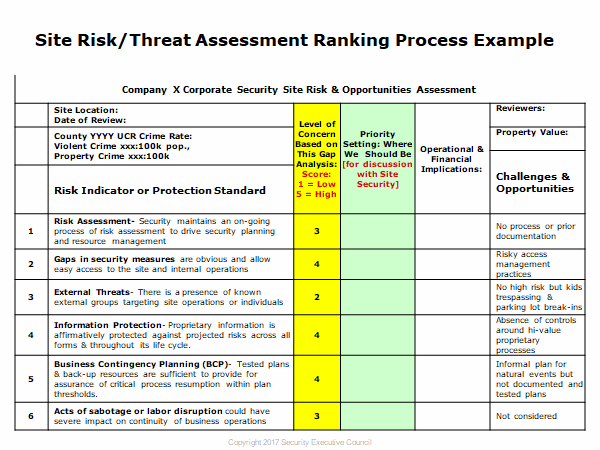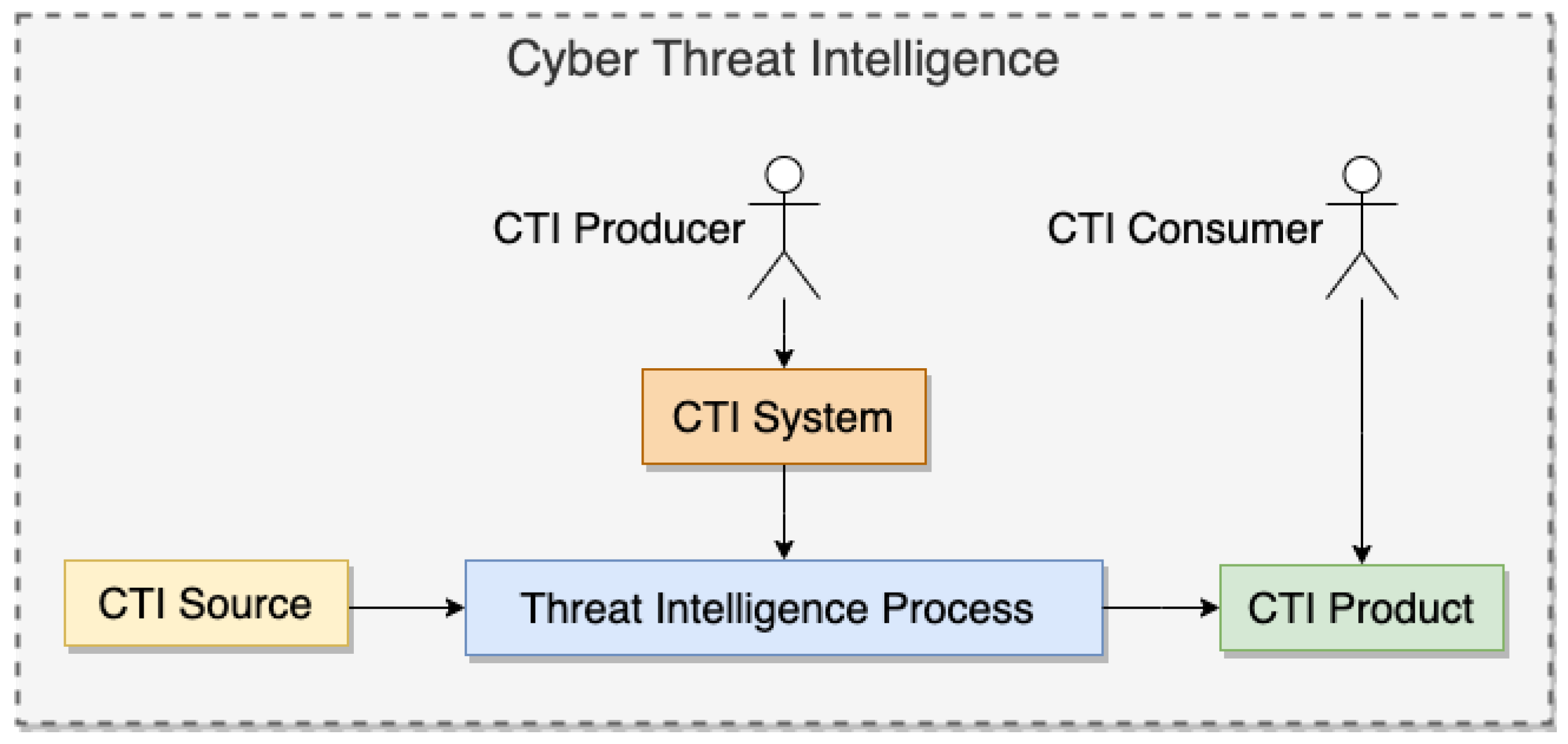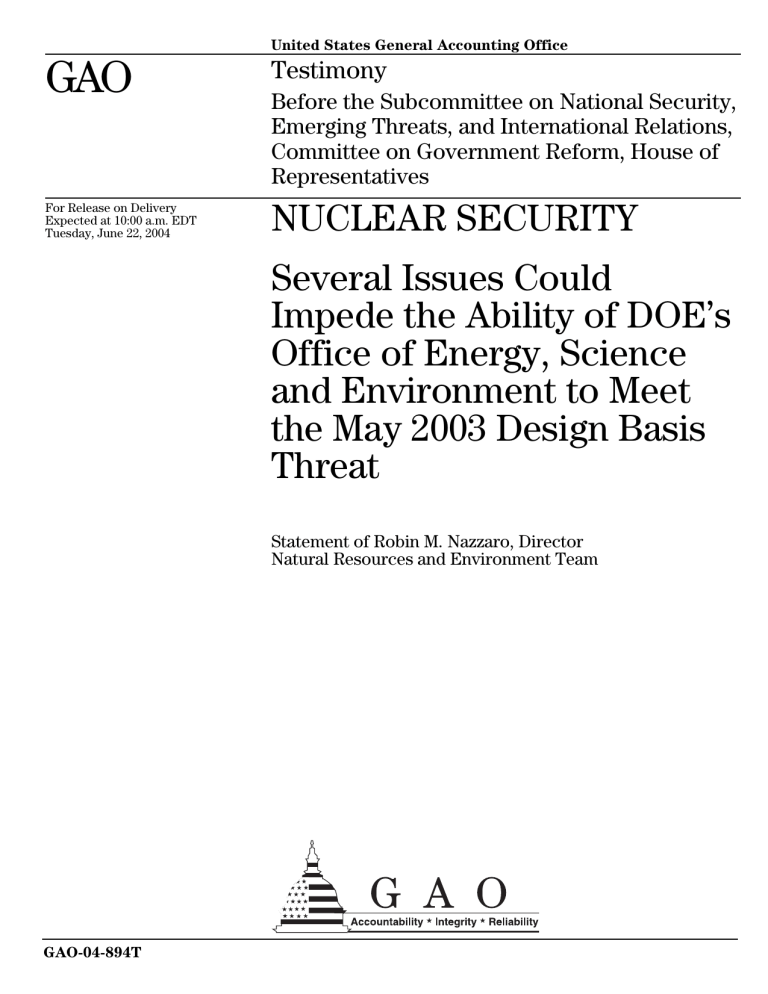Table Of Content

“The nuclear security measures a country adapts should always correspond to the threat posed to nuclear and other radioactive materials. The revised guidance provides a specific methodology for identifying physical and computer security threats applicable to both nuclear and other radioactive materials. On the basis of this updated methodology, the IAEA can tailor bespoke assistance focussing on a country’s specific needs and available resources,” said Kristof Horvath, Head of the IAEA’s Nuclear Material Security Unit.
Design Basis Threat Development is Key to Proper “Blackstart” Grid Capability
Although authority recently granted the Commission under the EPAct of 2005 will allow the Commission to authorize the use of more sophisticated weaponry, the most powerful weapons and defensive systems will remain reserved for use only by the military and law enforcement. Thus, it would be unreasonable to establish a DBT that could only be defended against with weapons unavailable to private security forces. In addition, the Commission previously decided not to require licensees to defend against attacks by “Enemies of the State” as defined by 10 CFR 50.13. Finally, aircraft attack, another threat likely to result in fires was also considered and studies analyzing the consequences of successful commercial airline attacks were performed.
Rule
After soliciting and receiving comments from Federal, State, and local agencies, and industry stakeholders, and reviewing an analysis of intelligence information regarding the trends and capabilities of potential adversaries, the NRC imposed supplemental DBT requirements by order on April 29, 2003. The Commission deliberated on the responsibilities of the local, State, and Federal stakeholders to protect the nation and the responsibility of the licensees to protect individual nuclear facilities before issuing the April 29, 2003 DBT Orders. The DBT requirements in 10 CFR 73.1 describe general adversary characteristics that designated licensees must defend against with high assurance.
Resource Materials
Changing the guidance in the ACDs or RGs based on changes to the threat environment would not change the requirements of the rule. Finally, in early March 2006, the NRC hosted an Interagency Aircraft Attack Tabletop Exercise at NRC Headquarters. The purpose of the exercise was to explore Federal responsibilities and interfaces, consistent with the National Infrastructure Protection Plan and National Response Plan, for terrorist incidents at nuclear power plants, with a focus on an aircraft attack on the facility.
These NRC requirements include protection against radiological sabotage (generally applied to power reactors and Category I fuel cycle facilities) and theft or diversion of NRC-licensed SSNM (generally applied to Category I fuel cycle facilities). On November 7, 2005 (70 FR 67380), the Commission published a proposed rule for public comment seeking to amend its regulation that governs the requirements pertaining to the DBTs. The DBTs are used by licensees to form the basis for site-specific defensive strategies implemented through physical security plans, safeguards contingency plans, and security personnel training and qualifications plans.
Time to Change Course on Nuclear Security - Nuclear Threat Initiative
Time to Change Course on Nuclear Security.
Posted: Tue, 16 Apr 2024 07:00:00 GMT [source]
And it is critical to develop the DBTs for likely future threats, not just review past experiences. Regarding the commenter's statement concerning the petitions and allegations documented and submitted to the NRC, the NRC is currently preparing responses to those that have been received. The Delegations Program serves as the central point of contact for the development and maintenance of DOE delegations and designations of the authorities necessary to run the Department of Energy. These authorities stem from laws; statutes; Executive Orders or proclamations; and regulations issued by other agencies, such as the Office of Management and Budget (OMB), the Office of Personnel Management (OPM), and the Government Accountability Office (GAO).

The amendments to 10 CFR 73.1 reflect requirements currently in place under existing NRC regulations and orders. As of February 18, 2006, all power reactor licensees have implemented the enhancements to their EP programs with the exception of the drill and exercise program. A majority of nuclear power plant licensees indicated that adoption of the security-based EP drill and exercise program is contingent on NRC and the Department of Homeland Security (DHS) endorsement.
III. Summary of Specific Changes Made to the Proposed Rule as a Result of Public Comment
In the Commission's view, establishing set boundaries demarcating a division of responsibilities is neither possible nor desirable. Currently, these integrated response planning efforts include prearranged plans with local law enforcement and emergency planning coordination. Licensees also must comply with event reporting requirements to the NRC so that a Federal response is readily available, if necessary. Further, multiple commenters expressed concerns regarding the vulnerabilities of nuclear power plants and other licensed facilities to terrorist waterborne attacks. Commenters suggested that the revised DBTs should require nuclear power plants and other licensed facilities situated on navigable waterways to be equipped with visible, engineered physical barriers. After careful consideration, the Commission also chose not to adopt elements related to some EPAct factors as part of the rule text.

IAEA Publication Guides Nations on Assessing Nuclear Security Threats
The NRC FOF exercise program is designed to provide a realistic evaluation of the proficiency of licensee security forces against a threat consistent with the supplemented DBTs reflected in the orders issued by the Commission on April 29, 2003. After the attacks of September 11, 2001, the agency has expanded and refined its FOF program to make the exercises more realistic. These changes have significantly increased the level of complexity for each exercise in terms of planning, preparation, and logistical support. It should also be noted that most RTRs possess limited quantities of nuclear material on-site, and that the nature and form of this material is not easily dispersed or handled. As a result, the NRC has determined that RTRs pose a relatively low risk to public health and safety from potential radiation exposure and has tailored the security requirements and oversight for these facilities consistent with their relatively low risk.
SERC Stresses Advantages of Design Basis Threat Process - RTO Insider
SERC Stresses Advantages of Design Basis Threat Process.
Posted: Thu, 06 Oct 2022 07:00:00 GMT [source]
Several commenters specifically charged that the Commission deferred its consideration of air-based threats to the final rule, thus undermining stakeholders' abilities to know the Commission's position on that factor. At the time that the proposed rule was published, the Commission maintained its view that protection against airborne attack could best be provided by the strengthening of airport and airline security measures. Accordingly, the Commission did not propose to include a provision in the proposed rule that would require licensees to provide defense against an airborne attack but the Commission specifically sought comment on the issue in the proposed DBT rule and has remained open to changing its position. In addition to being raised in PRM–73–12, the Commission has received numerous comments on the airborne threat. The assertion about the lack of APA notice with regard to the EPAct's 12 factors is without merit.
Duke Energy Corporation (Catawba Nuclear Station, Units 1 and 2), CLI–05–014, 61 NRC 359,363 (2005). The NRC staff is preparing new regulatory guides (RGs) to provide detailed guidance on the revised DBT requirements in 10 CFR 73.1. These guides are intended to assist current licensees in ensuring that their security plans meet requirements in the revised rule, as well as future license applicants in the development of their security programs and plans. The new guidance incorporates the insights gained from applying the earlier guidance that was used to develop, review, and approve the site security plans that licensees put in place in response to the April 2003 Orders. As such, this regulatory guidance is expected to be consistent with revised security measures at current licensees. Several commenters felt that the DBT rule should define clearly demarcated boundaries where the responsibilities of the licensee end and those of the Government begin for defending nuclear facilities.
The Commission's consideration, public comments, and responses to the public comments are provided for the 12 factors described in Section A. Finally, the International Physical Protection Advisory Service (IPPAS) is a critical component of the IAEA’s work in nuclear security. IPPAS missions review the threat assessment methodology employed by the host nation and assist the strengthening of national nuclear security systems and measures. Potential external adversaries include terrorists and other criminals who might seek to use nuclear or other radioactive material for malicious purposes, or to sabotage a facility. Insiders are individuals with authorized access to facilities, activities or sensitive information who could commit malicious acts or help external adversaries to do so.
The IAEA trains experts from numerous countries on using DBT and RTS by providing practical workshops. Using examples of potential physical and cyber threats, scenarios, and case studies, as well as interactive exercises based on a hypothetical nuclear facility, the workshops allow the IAEA to assist participants build their capacity in nuclear security. Attendees, therefore, gain experience in how to adapt the methodologies outlined in the guidance to their national specificities and consider situations beyond their national borders.
As shown by the unavailability of a number of blackstart generating units in ERCOT this past February, it is far from clear that the existing blackstart infrastructure is sufficient to rapidly recover from these new and emerging threats. All Transmission Operators are required to have blackstart plans in order to restart their systems and eventually tie each restarted system into a stable, interconnected grid.[3] These plans, which are updated as blackstart resources retire, new resources are added, and system topology changes, have been in place for decades. One change is being made to the rule to add a cyber threat as an explicit element of the DBT rule for both external and internal adversaries. The NRC has granted and continues to grant exemptions when a licensee meets the criteria of 10 CFR 50.12 and demonstrates that the alternate means provide an adequate level of fire safety.
However, that decision should not be misconstrued as lack of consideration of the factors themselves. Nor should the Commission's statement in the proposed rule soliciting comments on “whether or how the 12 factors should be addressed in the DBT rule” be interpreted to mean that the Commission deferred consideration of the factors until after it received comments. Rather, the Commission proposed requirements that would require licensees to defend against threats the Commission considered appropriate at that time, subject to change in the final rule after further consideration of public comments. National Strategy to Secure Cyberspace suggests that the cyber threat likely will increase both in capability and frequency in the future. In February 2002, licensees subject to the DBTs were directed by ICM Order (EA–02–026) to consider and address cyber safety and security vulnerabilities. In April 2003, NRC Orders (EA–03–086 and EA–03–087) that supplemented the DBTs contained language concerning the threat of a cyber attack.

No comments:
Post a Comment